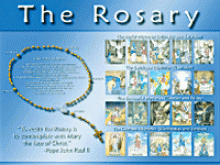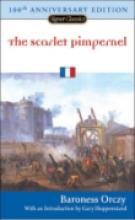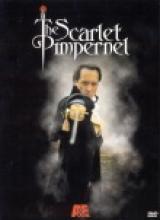No name
The Rosary (Wall Chart)
This simple wall chart offers colorful pictures for each mystery of the Rosary (Joyful, Luminous, Sorrowful and Glorious are included) along with an illustrated explanation of how to say the Rosary. Each mystery of the Rosary is labeled along with which days of the week to say each set of mysteries.
My children love having this chart on their bedroom wall where they listen to the Rosary on Catholic Radio at night. The pictures have really helped them in visualizing the mysteries and in getting a better understanding of the Life of Jesus.
On the back of the chart you will find four reproducible worksheets - a listing of the Mysteries of the Rosary with Biblical references, "Prayers of the Rosary", a reproduction of the chart itself and "How to Pray the Rosary"
19 3/8" x 26" poster (available laminated or unlaminated)
The Rosary is Alive
Also available in Large Print and Spanish Large Print editions.
The Rose and Crown
The Sacrament of Confirmation for Confirmation Candidates
The Salamander Room
The Saving Name of God the Son
The Teaching the Language of the Faith Series presents read-aloud books that foster reflective interaction between the child listener and the adult reader. Thoughtful religious art is chosen to interrelate with words pertinent to faith understanding. Each aspect extends the meaning of the other. As children gain a familiarity with words and images relevant to Christian truth, they are prepared to enter more fully and more personally into the beauty and mystery of the Christian faith.An "Art and Text References" segment in back includes references to the Bible and the Catechism of the Catholic Church for each painting. These would be great for further discussion and family study. Kudos to Bethlehem Books for recognizing the great capacity of very young children for beauty and mystery! Note: Bethlehem Books has a free PDF page of suggestions for how to use this book with your child.
The Scarlet and the Black
156 min, Color - now available on VHS and DVD
The Scarlet Pimpernel
The Scarlet Pimpernel (BBC/A&E Series)
approx. 300 min., Color










